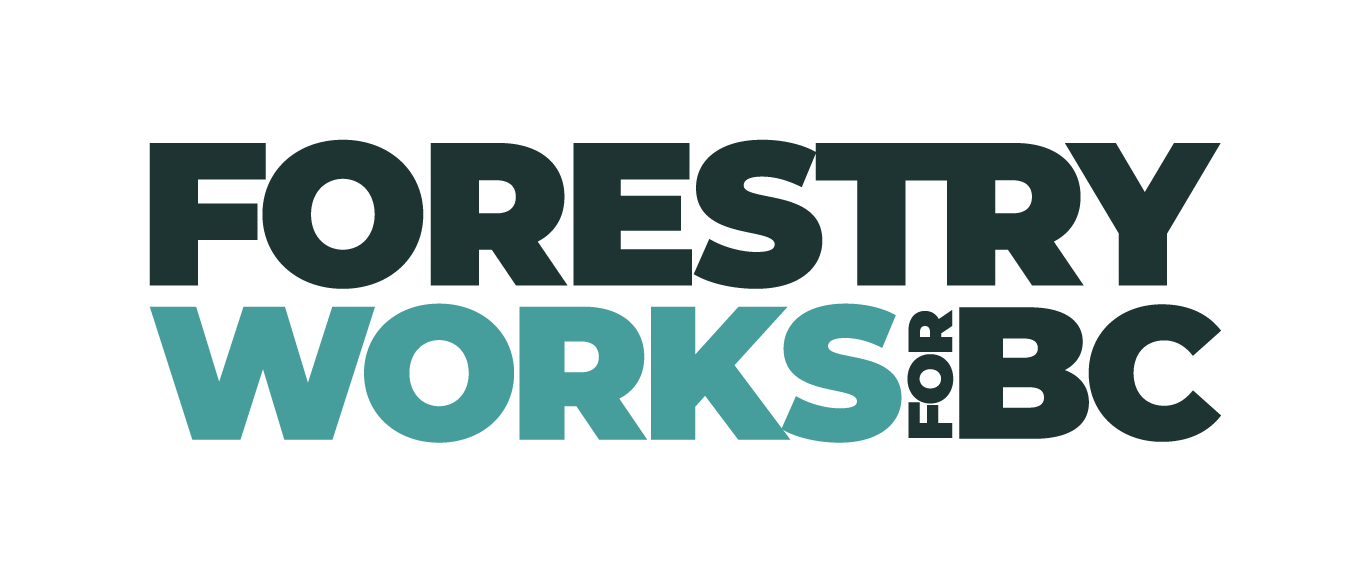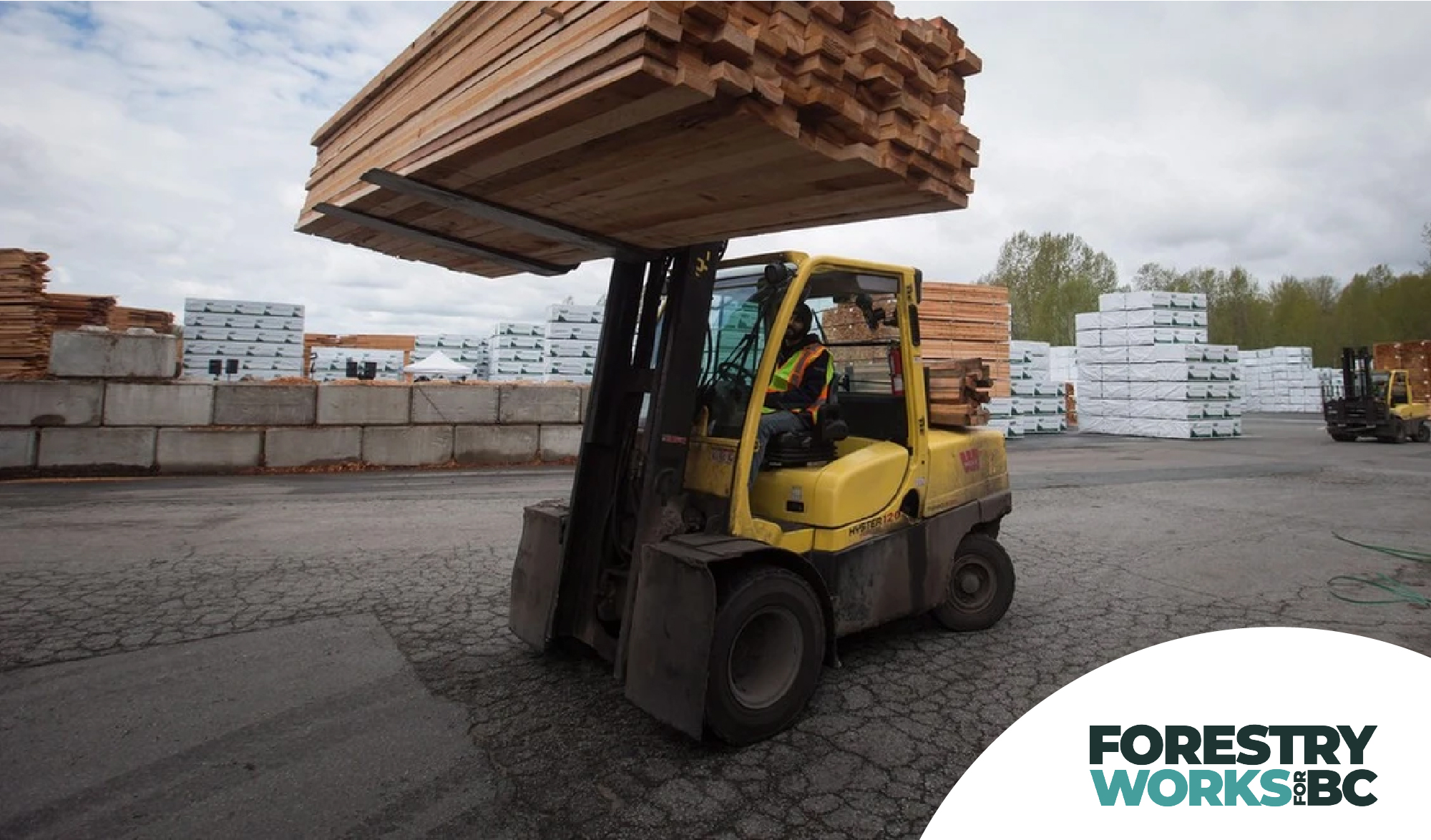Opinion: We can’t control U.S. tariffs, commodity prices or natural disturbances — but we can control how forestry is managed, supported and regulated within our own borders
At the annual convention of the B.C. Council of Forest Industries (COFI), Premier David Eby underscored the provincial government’s commitment to forestry as a major project — and made it clear that forestry will be treated with the same focus and urgency.
Speaking to more than 600 industry and community leaders, Eby stated: “This is a shared project that we can get to that 45 million (cubic metre) target, which we all know is absolutely essential.”
We couldn’t agree more. Forestry isn’t just another sector — it’s foundational to the economic and social fabric of B.C. It provides tens of thousands of family supporting jobs, contributes billions in economic activity and maintains a supply chain that stretches into virtually every region of the province. From rural towns and Indigenous communities to urban centres and international markets, forestry touches lives and livelihoods across B.C.
Eby’s commitment to a “whole of government” approach is exactly what the sector needs. This means that multiple government ministries must align to support forestry, recognizing its role as a backbone of local economic development, its importance for wildfire management and its contributions to ecosystem health and reconciliation with Indigenous Peoples. A co-ordinated, cross-government strategy is crucial if we’re to meet our goals and unlock the full potential of this sector.
Turning these commitments into real-world results means being laser focused on what we can control in B.C. The challenges facing the forestry sector are well-known: tariffs, global market volatility, inflation, interest rates, wildfires, pest outbreaks, and a decade of rapid regulatory and policy changes. We can’t control U.S. tariffs, commodity prices or natural disturbances — but we can control how forestry is managed, supported and regulated within our own borders.
The path to achieving a yearly harvest of 45 million cubic metres of wood will be challenging, but getting the harvest closer to the allowable annual cut determined by the province’s chief forester can’t just be an aspiration. It’s necessary to maintain jobs and keep mills running to produce the wood products people use every day from homebuilding materials to clean energy, from furniture to toilet paper.
We applaud Forest Minister Ravi Parmar’s recent announcements, including reducing permit timelines from 40 to 25 days, introducing a transparent permit dashboard like the one used for housing, expanding the use of nine-axle trucks, and improving auctions through B.C. Timber Sales (BCTS). These are good steps forward and they’re just the beginning.
Permitting remains far too complex. The goal should be a smarter, simpler process from start to finish. We need to work with government and First Nations not just to hit a 25-day target, but also to reimagine the permitting system altogether, including considering a single-window model.
This work starts with mapping the full process it takes to harvest a tree in B.C. Where do the bottlenecks occur? Which steps are redundant, unclear or inconsistently applied across districts? A collaborative approach that aims to improve the full process will benefit everyone, from government staff to First Nations, communities and industry.
Equally important is ensuring BCTS delivers its full potential. Consistently hitting 90 per cent or more of its annual harvest target is critical to a thriving wood products industry that supports communities and workers in every part of the province.
We also can’t lose sight of reconciliation. Increasing the distribution of industry’s stumpage fees to First Nations is one concrete and achievable step that would help advance shared prosperity and strengthen Indigenous participation in the sector.
B.C. has some of the highest sustainability standards in the world and a long history of responsible forest management. We can grow the harvest sustainably while protecting old growth, maintaining biodiversity
and building innovative, low-carbon products like mass timber. These activities aren’t in conflict with a strong forestry sector — they are integral to it.
Forestry in B.C. is at a crossroads and deserves to be treated as the major project it is. After years of instability, we now have a real opportunity to stabilize, strengthen and grow this foundational industry.
But that means moving past more reviews and putting our energy into action — on the ground, in the woods and across the province.
Wood is an essential part of our daily lives. It’s in the homes we live in, the products we use every day and the future we’re building. Let’s make sure the system that supports it is every bit as strong, sustainable and reliable as the forests themselves.
Kim Haakstad is president and CEO of the B.C. Council of Forest Industries.

Author of the article: Kim Haakstad Published Apr 21, 2025 3 minute read
Image credit: Darryl Dyck / The Canadian Press

